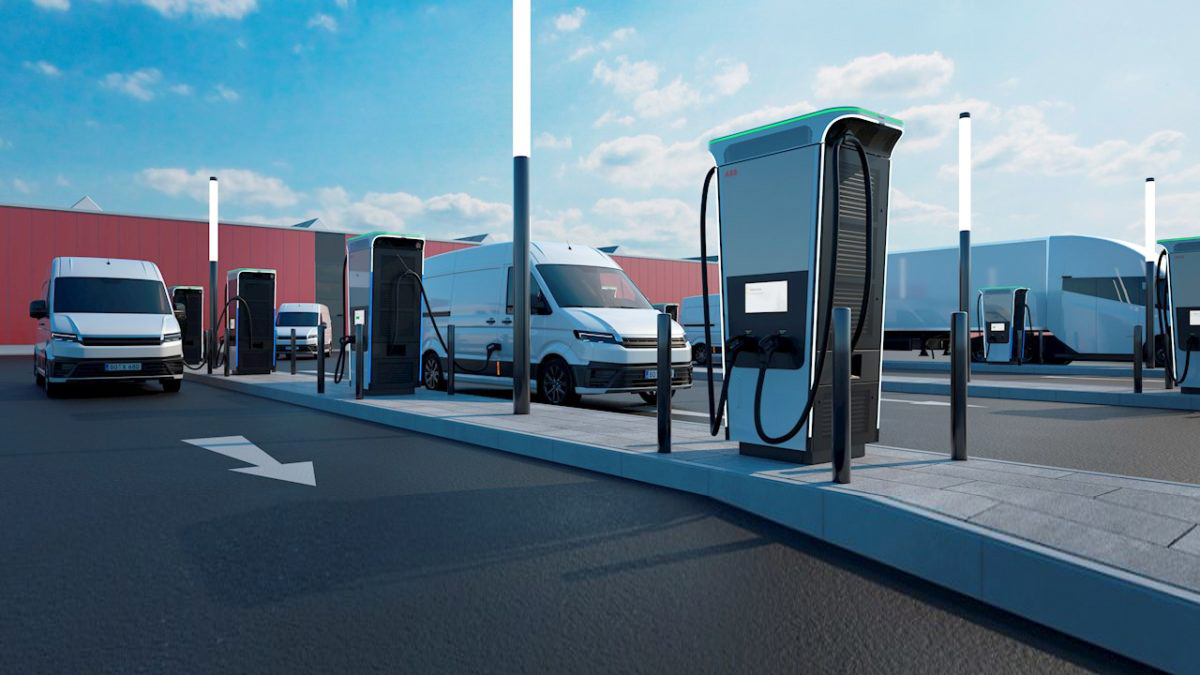What to Know Before You Switch to an EV Fleet
March 2, 2022
Switching to electrical vehicle (EV) fleets will soon become a trend for many fleet owners. Be it in the pursuit of saving costs or reaching sustainability goals, ever-increasing numbers are showing that avoiding electrification is no longer an option. However, not all organizations will automatically benefit from this transition. There are still a few things that need to be considered or understood in this whole process. Before you make the decision to replace your fuel-powered vehicles with EVs, here’s what you need to know about investing in an EV fleet.
1. Feasibility checks before switching to an EV fleet
Switching to an EV fleet is not a cheap expense but will definitely help costs in the long run. However, what could lighten the transition is doing a feasibility study before finalizing any decision. Try looking at your fleet management software or GPS monitoring systems. Evaluating all of these can help you determine which vehicles can be prioritized in this transition. It can also help determine if EVs currently (or soon to be) in the market can still execute the same responsibilities and objectives needed by your organization.
Before investing in anything – ask yourself: Will these new EVs be able to handle the same amount of load as we need or be able to complete the same route while running on a single charge? How much EV charging will be needed as compared to loading up on gas or diesel and will it be more sustainable in the long run? This is how you can check which vehicle types will be better suited for earlier electrification as compared to others, and which ones you can plan to invest on.
2. Re-evaluate fleet ROI calculation
With the shift to EV fleets, businesses must consider a new range of factors. If we look at current accounting methods, incorporated costs will include fuel expenses. But given the new nature of the electrical system, this will no longer be relevant in calculating your fleet’s ROI. Fleet owners must now consider new factors in the total cost of ownership (TCO) of their vehicle operations in order to accurately estimate fleet asset value. Other new factors could include both the availability and costs of electricity itself. And because there may also be electricity restrictions from the government, organizations may need to work with government agencies on their area’s regulatory dynamics.
You’ll need to keep these factors in mind, even from the start of your purchase decision. This is because when investing in EVs, you’ll have to consider not only above-mentioned factors like electricity charging costs, but also other EV-related components, such as vehicle’s market price, lifetime fuel costs, insurance, maintenance, and even unplanned repair costs. Overall, you will want to understand what are the new changes electrification will bring to your fleet as well as its impact on ROI. Doing so will ensure you will be able to maintain operational efficiency and an optimized TCO.
3. EV viability highly depends on infrastructure availability
Although the market is moving quickly towards the development of EV infrastructure and new EV policies as well as affordable EV road taxes, it will still take time before these upcoming changes are settled. Before investing in EV fleets, organizations will need to evaluate the available infrastructure in their regions and how their local governments plan to develop these structures in the coming future. Businesses will need to know if there is adequate EV infrastructure in their city to support their plans.
An example of this would be figuring out the support provided for EVs regarding charging stations. How much power will be needed to charge your EV fleet? What magnitude or mix of chargers will be suitable for your fleet operations? Another factor to consider may also involve the checking of commercially available chargers for heavy-duty charging. How prepared is your local government in adapting to the needs of fleet businesses?
Other factors to consider would be the reliability of electrical power in your region. Can the infrastructure in your area provide a reliable source of power from local utilities? In urban areas, some of the existing grids may not be capable of supporting EV fleets. Also, rural areas may lack available energy resources or even lack access to electrical transmission lines to fully support EVs.
These are only a few points to consider before you switch to an EV fleet. You can still consider other factors, such as checking the fit of much-needed vehicle tracking essentials such as GPS monitoring devices and other vehicle management tools. However, even as early as now, we are definitely clear on where the market is headed, for eventually, majority of vehicles in the market will be diversified into different electrical fleet offerings. Being ready for it should already be the next step in any company’s fleet plan. Fleet owners can also consult trusted EV fleet management solution providers so they can optimize their fleet expenses and performance. If you want to learn how you can efficiently prepare for this shift, contact us today.

